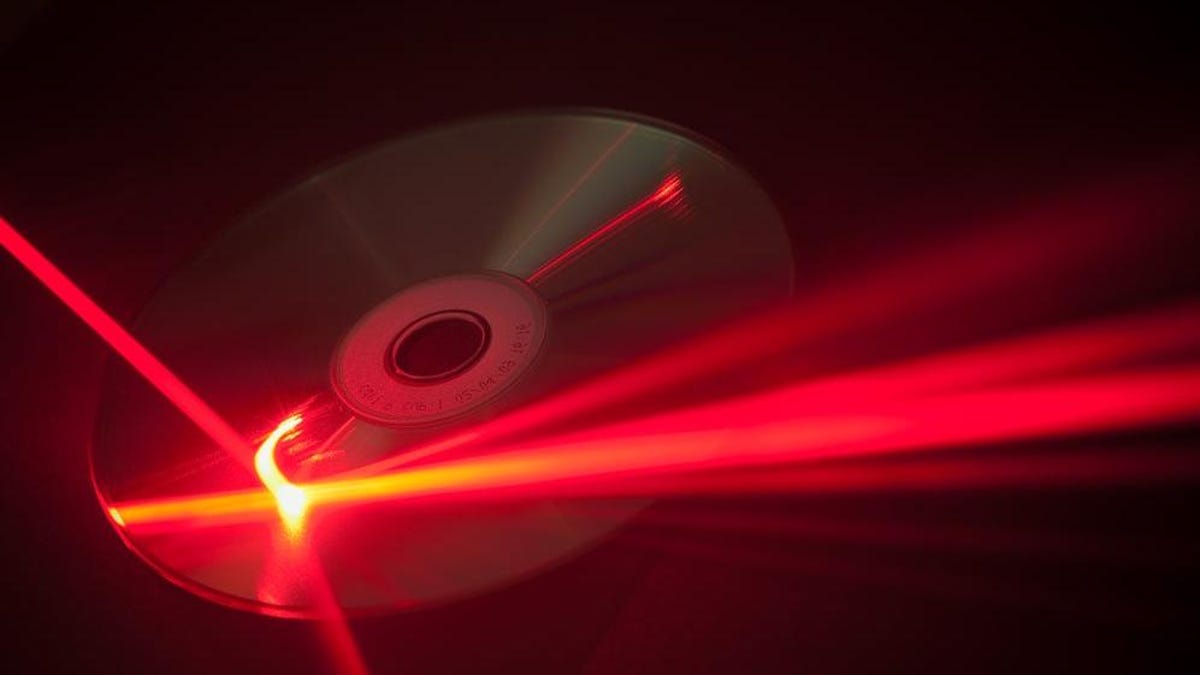Note: Unfortunately the research paper linked in the article is a dead/broken/wrong link. Perhaps the author will update it later.
From the limited coverage, it doesn’t sound like there’s an actual optical drive that utilizes this yet and that it’s just theoretical based on the properties of the material the researchers developed.
I’m not holding my breath, but I would absolutely love to be able to back up my storage system to a single optical disc (even if tens of TBs go unused).
If they could make a R/W version of that, holy crap.



That’s not true either. Byte can be both powers of 10 and powers of 2. When talking about storage devices like hard drives etc. we usually refer to them in powers of 10, but OS’s usually do it in powers of 2. That’s why your hard drive looks smaller than advertised.
Bits are used for flash memory as individual chips. Assembled devices such as RAM and memory cards are advertised in bytes. I’m imagining that the same goes for hard drive platters and possibly disc media as well.
A byte in this context always means 8 bit though, it has nothing to do with powers of 10 or 2. The prefix of K (kilo), M (mega), G (giga) or Ki (kibi), Mi (mebi), Gi (gibi) doesn’t change the meaning of “byte”.
Yes this is right. There may be confusion happening with binary and metric prefixes.
For example:
Kibbibyte (1024 bytes) vs Kilobyte (1000 bytes).